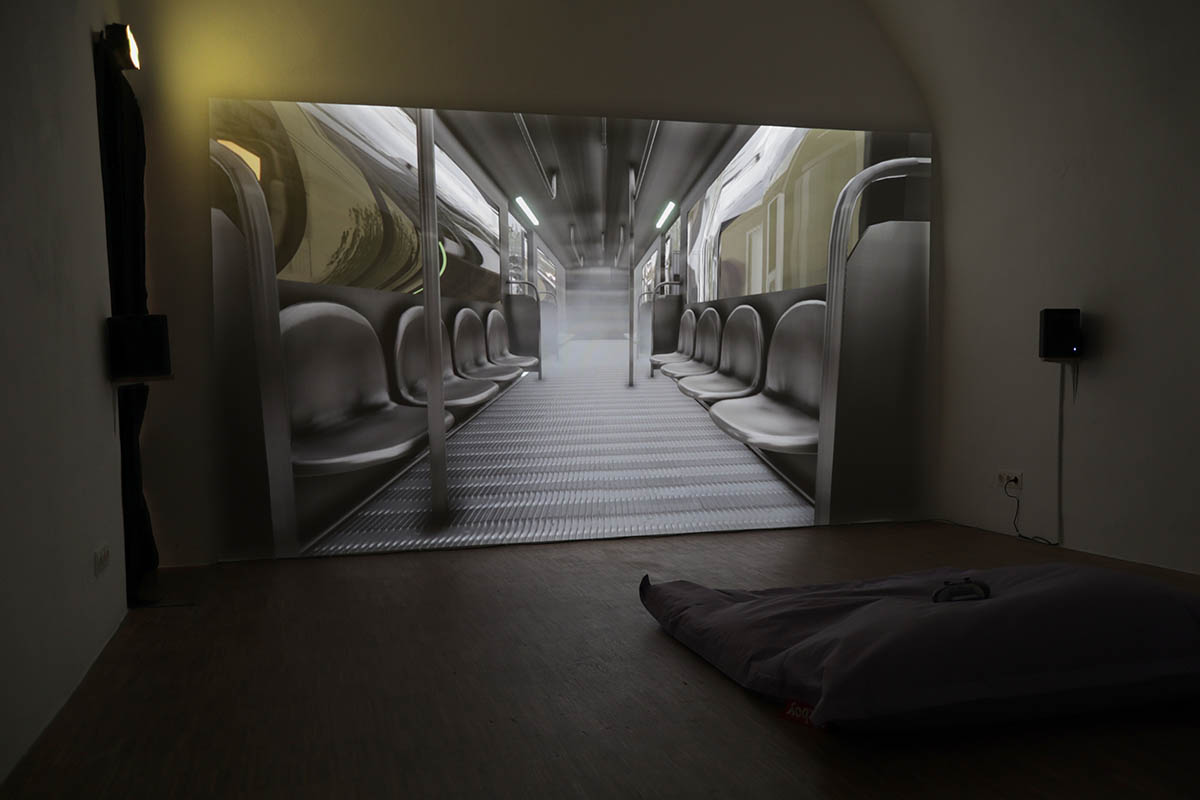
Curated by Les Nouveaux Riches, the exhibition brings together for the first time the work of the artist collective Alpine Gothic, Mara Novak, Rebecca Merlic, and Francisco Valença Vaz; each offering unique perspectives on the interplay between the individual and society—a spellbinding combination of works and artistic positions, where questions abound.
You start the exhibition by jigging at a spatial structure crafted by Alpine Gothic, a mixed-media installation pondering the intricate dynamics of the three-body problem in natural science. Here, Alpine Gothic engages in thought-provoking discussions surrounding this scientific enigma, using it as a lens to explore the nature of their art collective. Nevertheless, its dynamic and unpredictable nature presents a challenge, as no mathematical formula exists to provide definitive solutions. Undeterred, Alpine Gothic shifts their perspective, inviting an astro-physician from the exoplanet team of ESA to offer insights into this complex phenomenon. The visitors have the opportunity to delve into their discussions.

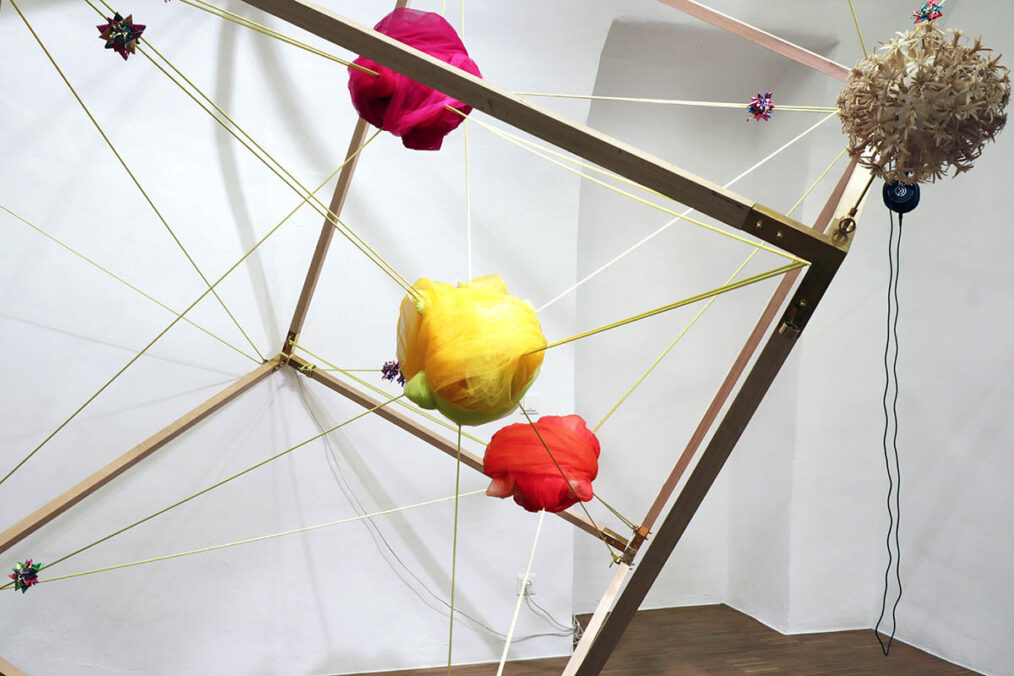
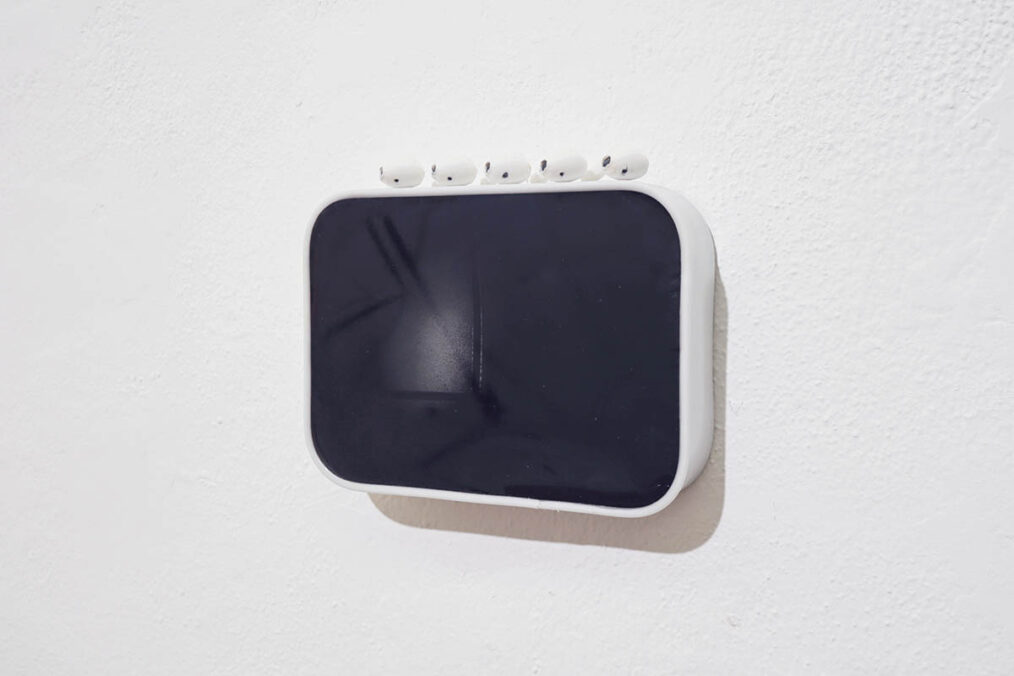
While Mara Novak takes viewers on a thought-provoking journey through some of her monumental collage grouping spanning over a decade (predominantly comprising works from her series “reality sucks”). While the technical proficiency of her work has evolved, her core themes and interests have remained steadfast. Notably, the artists large-scale collage featuring a cropped blue car stands out as a personal favorite, prominently displayed in Room 1. Drawing inspiration from the realities of capitalist societies, Novak’s works explore both digital and analog realms: food trends with exotic and aesthetically arranged meals, and people who find comfort and companionship in eating in front of computer cameras. Within her compositions, natural landscapes blend seamlessly with archive images sourced from various platforms like YouTube and images from data banks. Yet, despite the digital manipulation, Novak’s compositions retain a proper sense of realism.
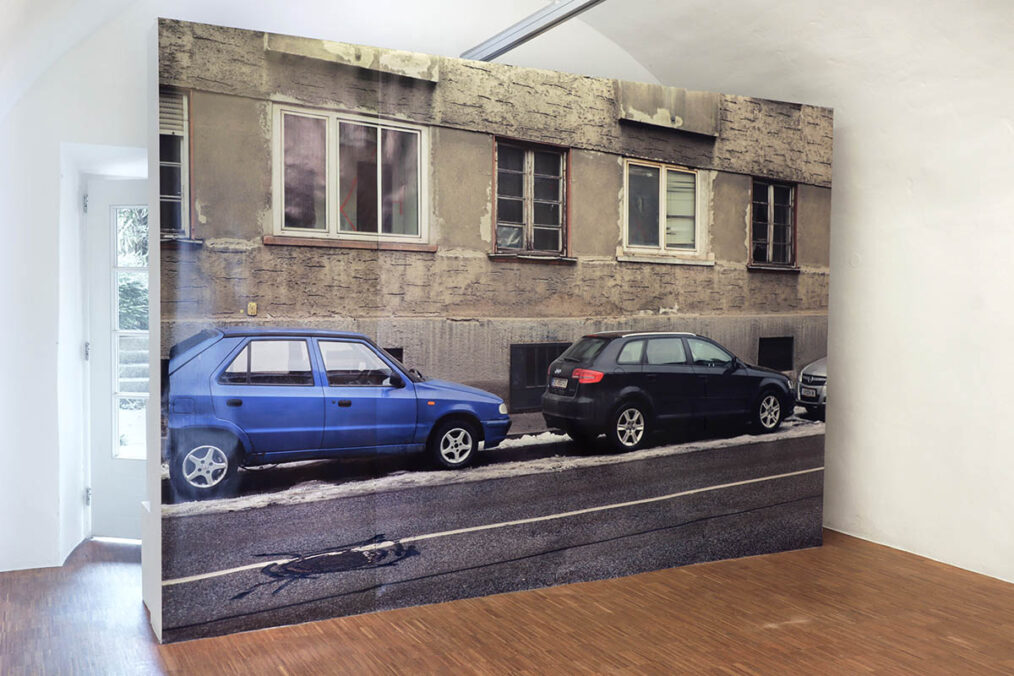
In Room 2, the viewers are immersed in the work of Rebecca Merlic. The lights have been deemed. “Fat Boi” offers a unique seating arrangement, inviting observers to engage with the space on a physical and mental level. Wallpaper fragments adorn the floor, blurring so the boundaries between reality and virtuality. At the heart of the installation lies DOMUM, a wild game that occurs in a post-turbo-capitalism crash site; taking cues from the artist’s residency in Japan. Merlic draws our attention to novel terms, feelings, and awarenesses: digital home, digital nomads who use and abuses these infrastructures, inclusive digital life, and myriads of apps that measure the modern existence. On each exhibition day, the audience will be connected to the artist’s live data generated by the Oura app. We will witness her constant work for improvement, and perhaps one day, we will also feel her fatigue and slavery in this regime. The imagery presented in DOMUM paints a stark picture of urban desolation: meticulously designed subway devoid of human presence, neighborhood bars standing empty, bereft of both consumers and bartenders. It looks like there is a place just for large-scale avatars and business logos that loom ominously, but no one enters or exits the latter. Where have the people gone? Who is taking care of the city? What year is this, and how did we arrive here?
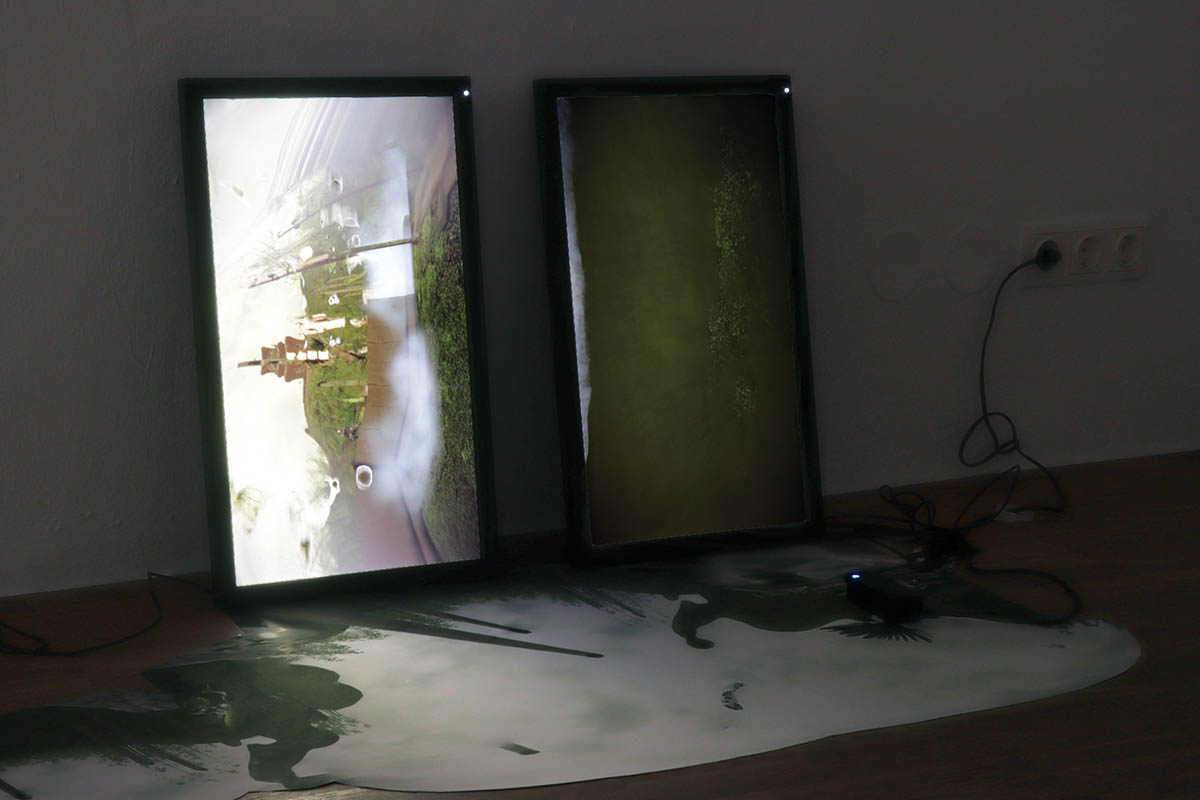
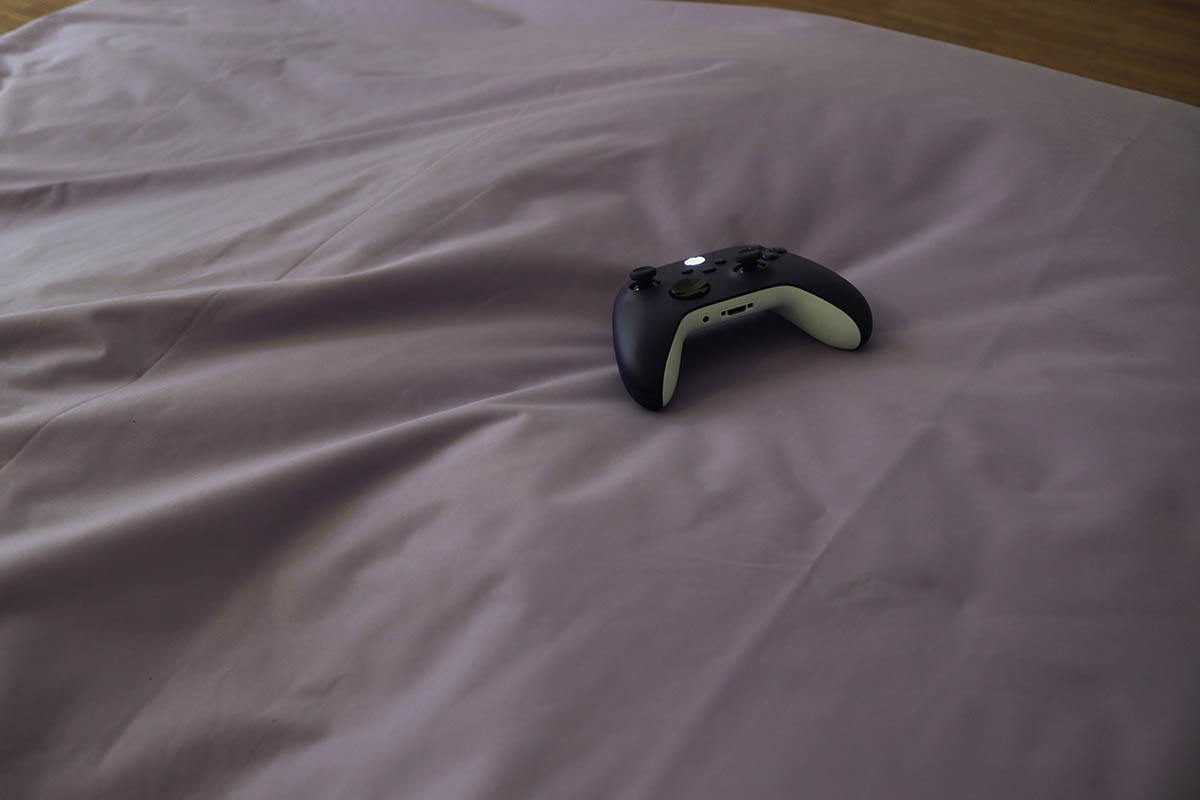
In Room 3 Francisco Valença Vaz delve into the subterranean realms of Vienna, where mundane objects like handgrips become vessels to observe materiality, trust, and body confidence. Transported into the exhibition space, these objects captivate with their hypnotic colors, shapes, and graceful curves. They morph to fit, probably a narrative of Vaz’s own record of migration. Adjacent to this installation stands a modest vertical monitor showcasing Vaz’s work titled “</3”. Symbolizing a broken heart, “</3” encapsulates the complexities of transitional spaces – where farewells and greetings intertwine. “</3” looks like a window, background light, and rain; almost akin to a sculptural piece. Are some sequences missing? A fragment of something else is running in a loop. Further along, two smaller works crafted from quite intrusive materials, which will not be biodegraded for many years, command attention. Which relation is being suggested through these toxic materials and our believes, hopes, and promises over modernity?
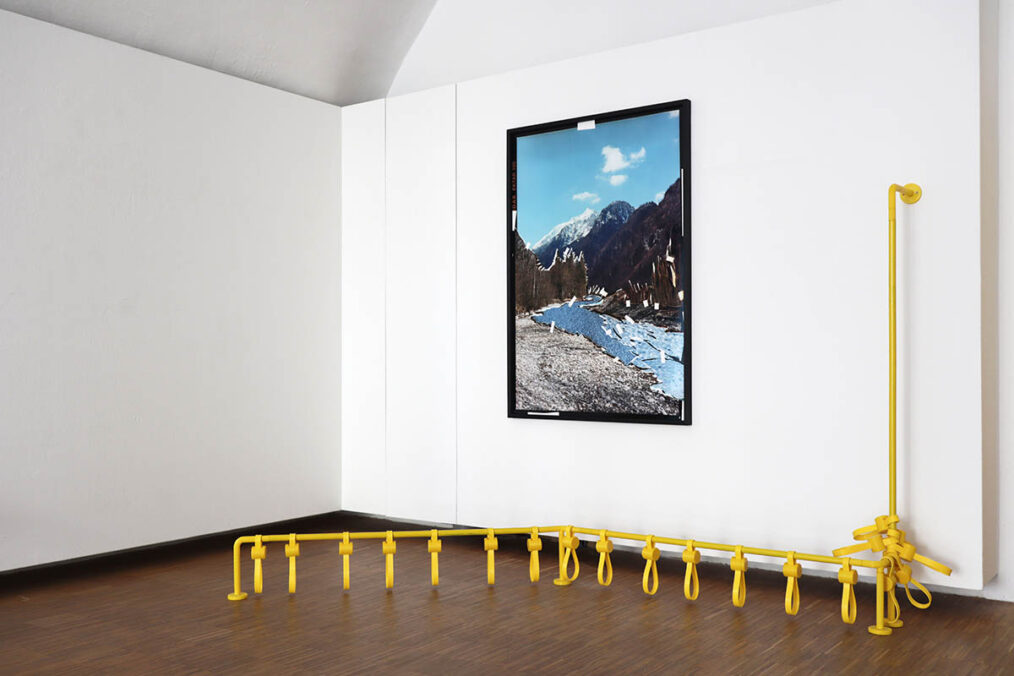
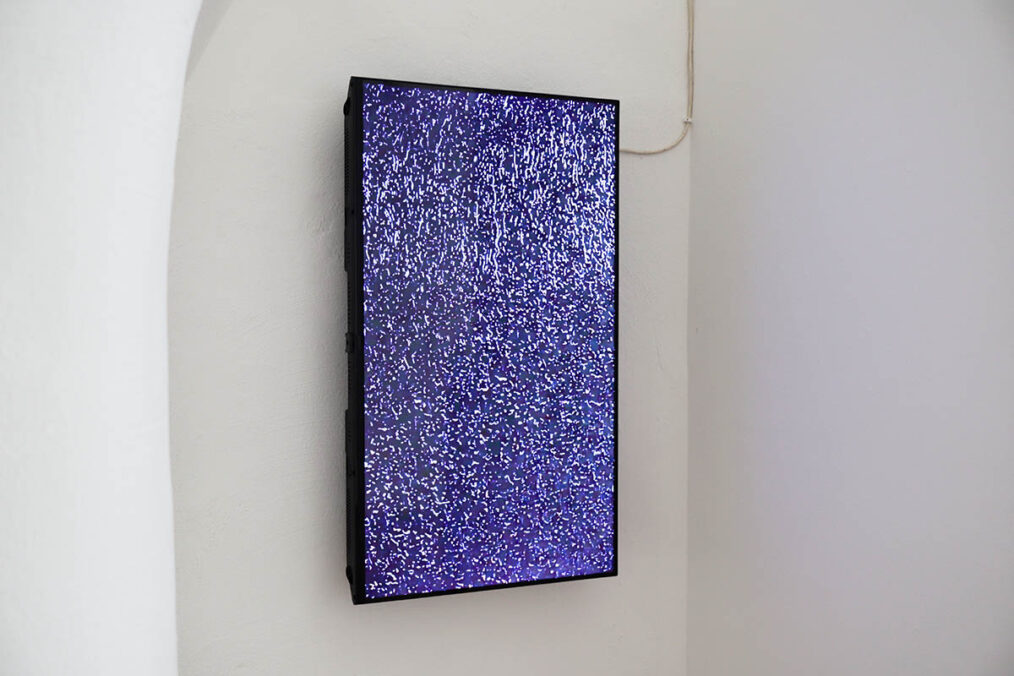
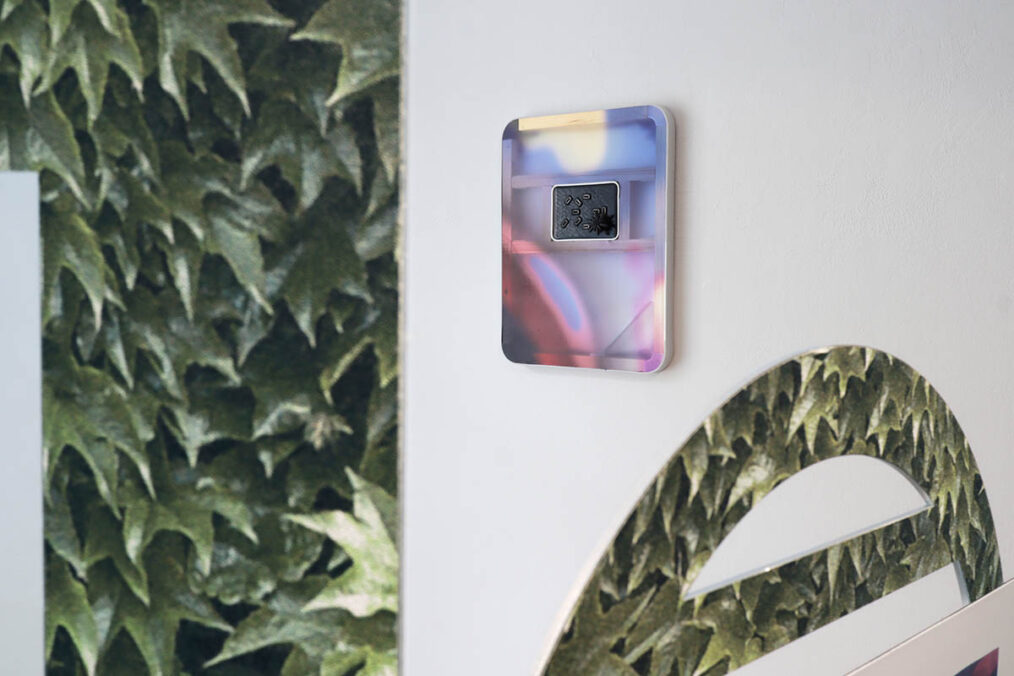
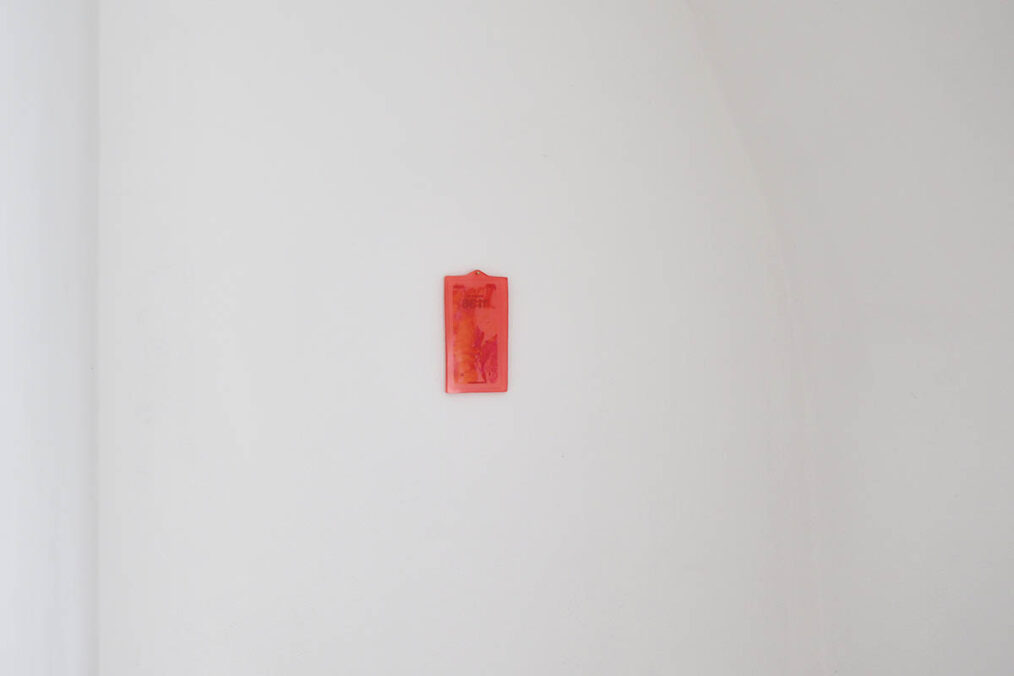
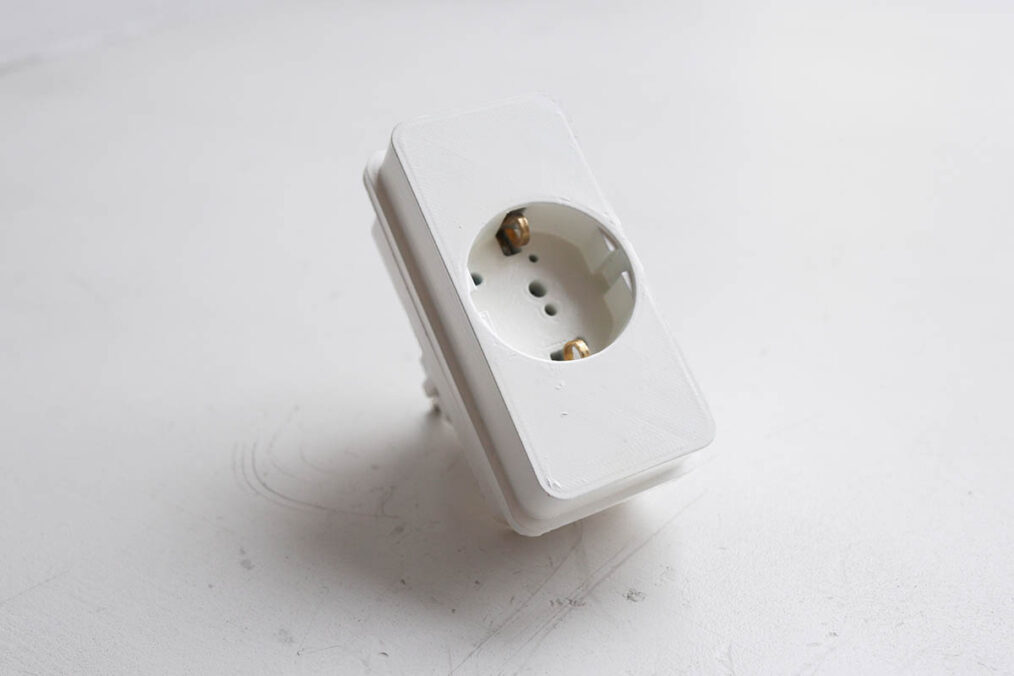
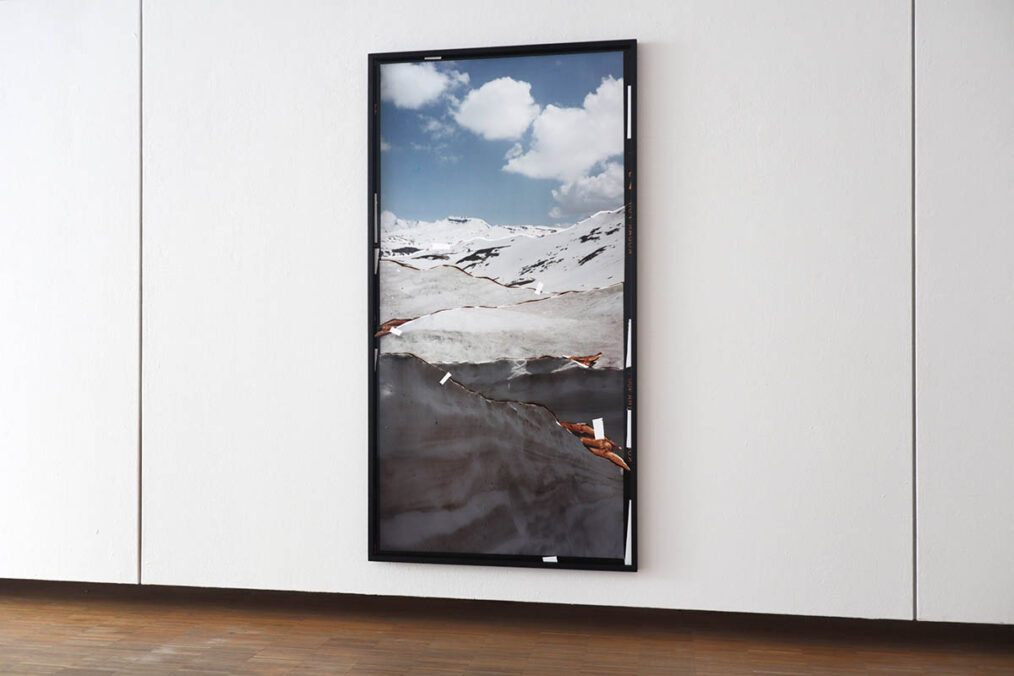
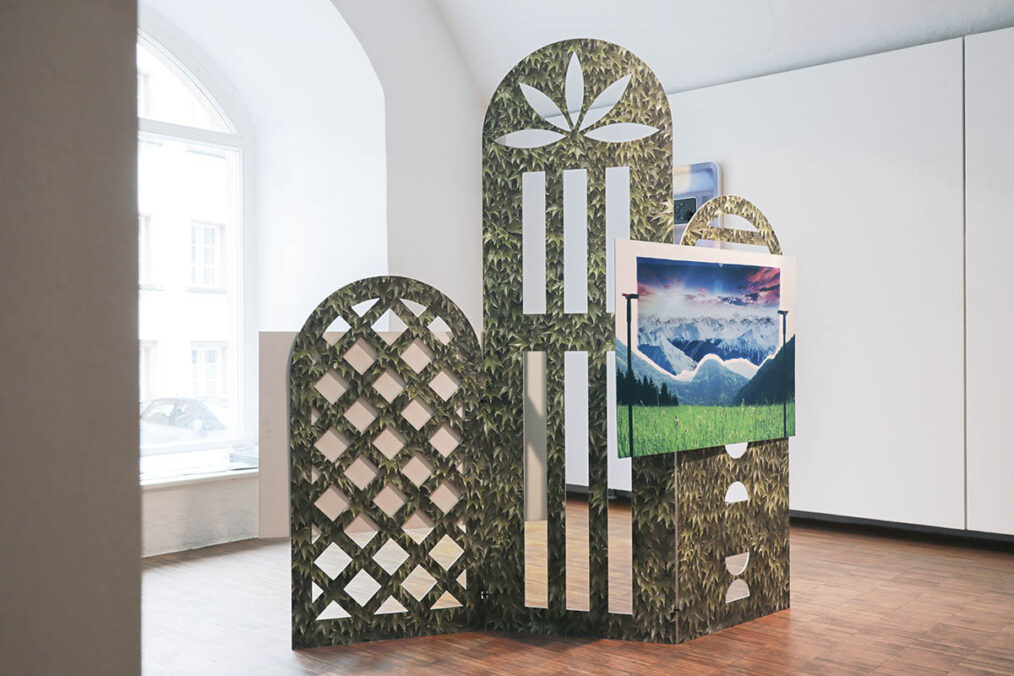
You leave the exhibition space, with another level of awareness, it looks like the dust from your eyes has been falling, the lashes has open up, the sun has managed to push the clouds and be visible and the world within your phone can be understood better. Why do I have so many screenshots?
Exhibition: Aspects of self-reflection as spaces of society curated by Daniel Lichterwaldt and Erka Shalari
Artists: Alpine Gothic, Francisco Valença Vaz, Mara Novak, Rebecca Merlic
Opening: 13.04. um 11:00 Uhr
Exhibition duration: 13.04. – 18.05.2024
Further Events (Free admission): Sat, 18.05 at 11:00 AM, Finissage & Curators‘ Tour with Daniel Lichterwaldt and Erka Shalari
Address and contact:
kunstraum pro arte
Schöndorferplatz 5, 5400 Hallein
www.kunstraumproarte.com





